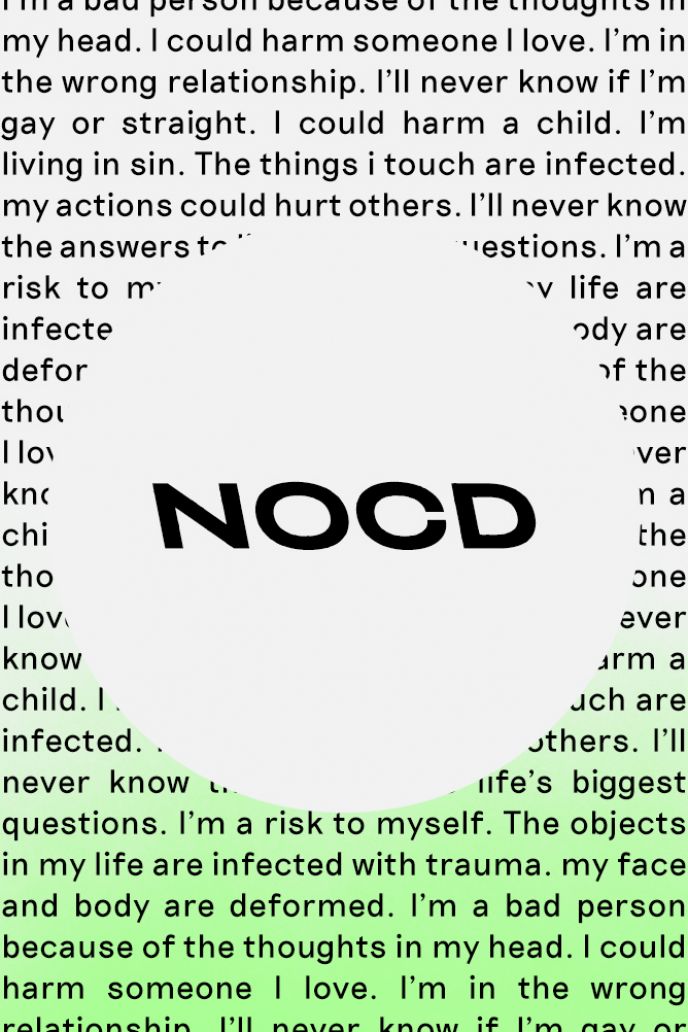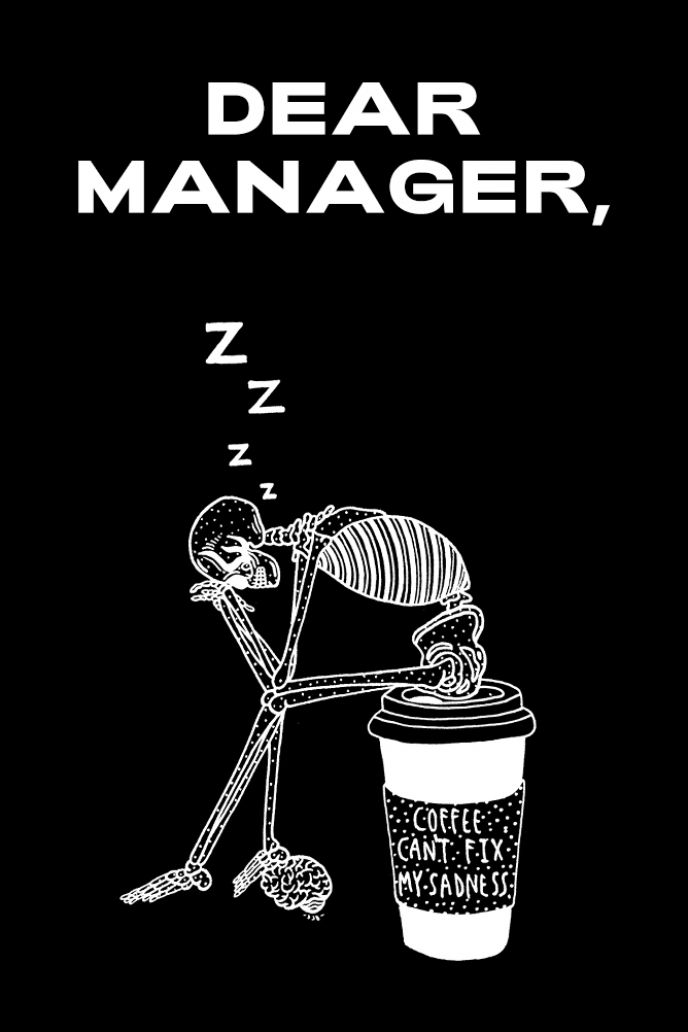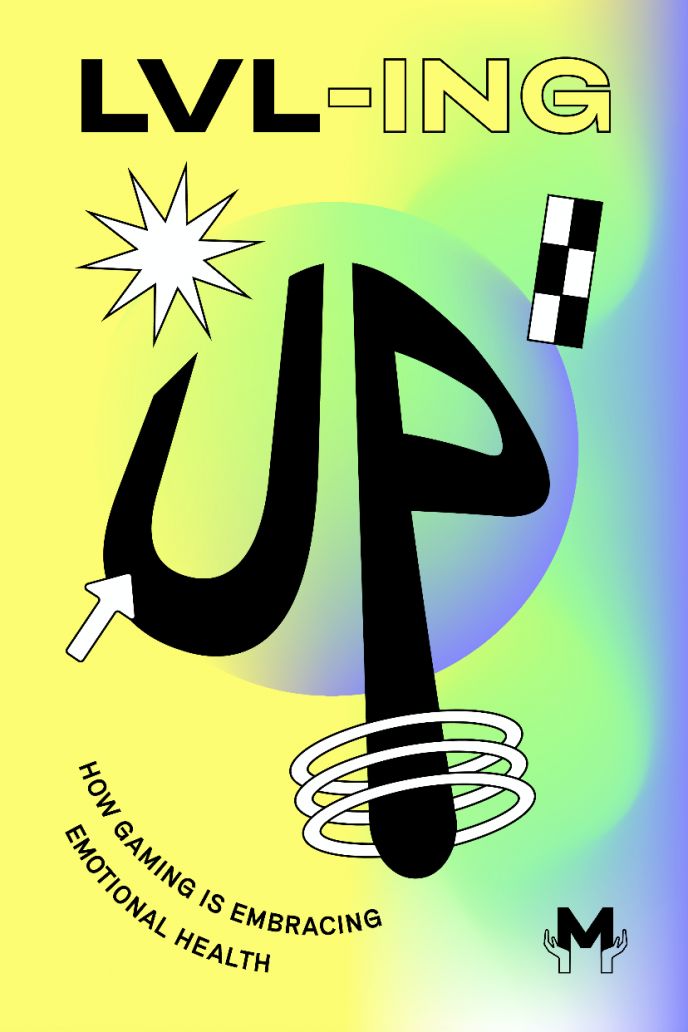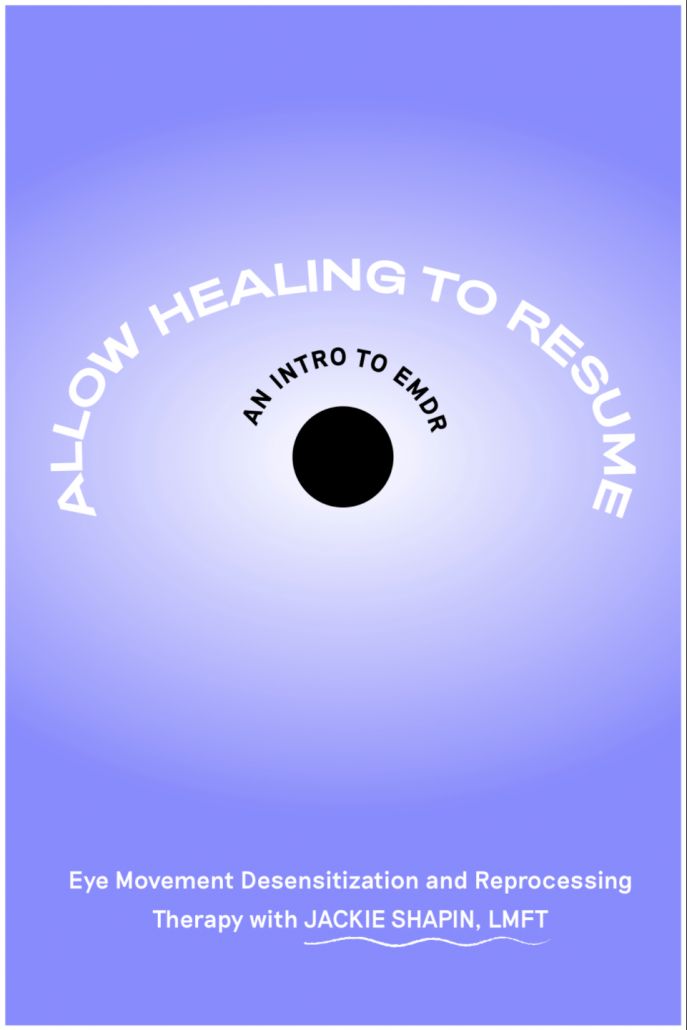Symptoms Explained: What Are Intrusive Thoughts?
We see the term thrown around a lot online, but what exactly does it mean?
Written by Made of Millions Team
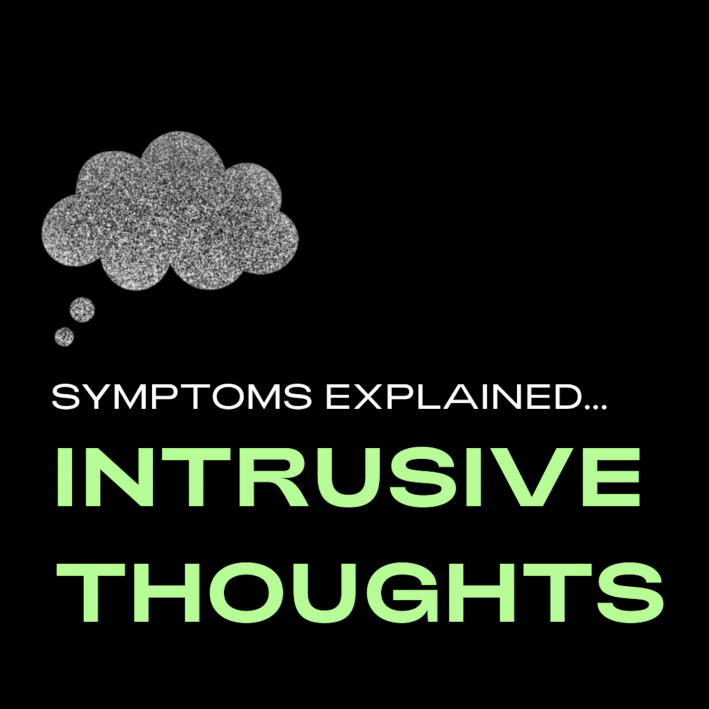
01 Intrusive thoughts are unwanted thoughts that cause anxiety, and they come in many forms.
02 Despite wanting to stop the thoughts, engaging in compulsions only makes them worse.
03 Intrusive thoughts can be distressing, but they're not reflective of your desire or beliefs. Eventually, you can learn to live alongside them.
What exactly are intrusive thoughts?
What are intrusive thoughts? You’ve probably seen videos or memes online mention them with examples like, “My intrusive thoughts are telling me to kick that puppy!” or “The intrusive thoughts won and I cut my hair short!”
So what is the difference between impulsive thoughts and intrusive thoughts? Well, intrusive thoughts aren't just silly impulsive behaviors that people give into. It’s important we use the term correctly so that those who are struggling are able to recognize them and get the help they need.
Intrusive thoughts are defined as unwanted and distressing ideas that feel contrary to a person's nature. They often center around someone’s core beliefs and biggest fears, causing intense anxiety and stress. Some common themes include health, responsibility, religion, somatic, existential, suicide, metaphysical, and relationship. There are also more taboo themes such as harm (self harm, murder, assault, etc) or sex (bestiality, pedophilia, incest, sexuality, etc.)
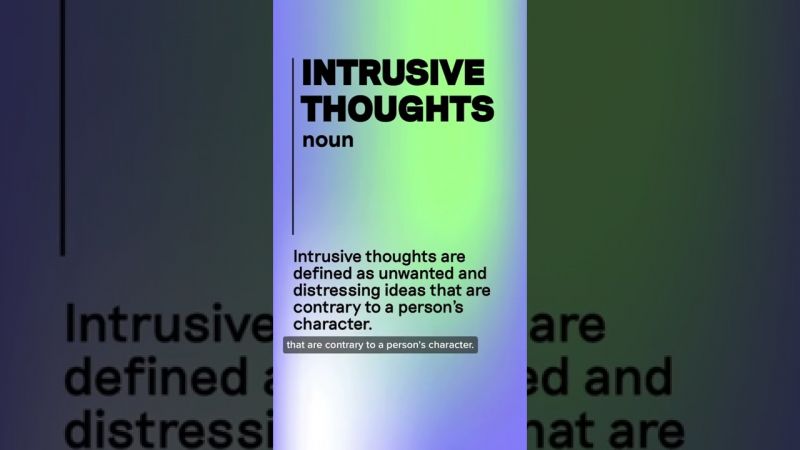
Symptoms Explained: Intrusive Thoughts
Examples of intrusive thoughts
Here are some examples of what intrusive thoughts might sound like:
- Harm: “What if I stab that person?”
- Responsibility: “What if my dog dies because I didn’t touch the wall three times?”
- Religious: “What if I’m a devil worshiper because I read the number 666?”
- Suicidal: “What if I decided to kill myself right now?”
- Contamination: “What if this paper cut gets infected and I get rabies?”
- Somatic: “What if I never stop thinking about blinking?”
- Existential: “What if everything is a simulation and people aren’t real?”
- Metaphysical contamination: “What if a racist person entered that building, so if I enter, I’m racist too?”
- Pedophile: “What if I inappropriately touched that kid and forgot, and now I’m a pedophile?”
- Health: “What if I get a heart attack and die in my sleep?”
- Incest: “What if I want to have sex with my parents?”
- Relationship: “What if I don’t love my partner?”

Rose Cartwright on Pure O
What do intrusive thoughts sound like?
Intrusive thoughts don’t always start with “What if?” They can also include commands, urges, images, sensations, voices, and premonitions. Such as, “Swerve off the road!” or “Something bad is about to happen.”
One infamous manifestation of intrusive thoughts includes the “groinal response” which is when someone has a sensation in the groin area such as tingling after experiencing a sexual intrusive thought.
Everyone gets intrusive thoughts, even those who don’t “struggle” with their meaning in an ongoing way.
For example, have you ever stood at the top of a tall building and thought “I should throw my phone right now”? That’s an intrusive thought! The urge can feel realistic. You may even sense your hand “wanting” to do it, despite the fact that you won’t.
Can you stop intrusive thoughts?
You can’t stop intrusive thoughts. In fact, trying to get rid of intrusive thoughts only makes them worse.
Here are some common examples of what NOT to do when you have intrusive thoughts:
- Thought stopping, such as telling yourself “No!” or “Stop!”
- Avoidance, such as trying not to think about the thoughts or avoiding triggers
- Neutralizing, such as thinking of something good to counter the intrusive thoughts
- Figure them out, such as ruminating on why they happen or what they mean
- Seek reassurance, such as Googling to find an “answer” or asking others to confirm the thoughts aren’t valid
- Replaying memories, such as thinking back to your childhood or analyzing how you felt when an intrusive thought occurred
- Imagining how scenarios would play out, such as what you would do if you acted on a thought
When intrusive thoughts and compulsive behaviors start to take up hours of your day, it may be a sign of obsessive compulsive disorder. The obsessive compulsive cycle occurs when you have intrusive thoughts (obsessions) and try to minimize the anxiety with compulsions. These compulsions can be mental or physical.
Related Reading
What do intrusive thoughts mean?
No matter the content, intrusive thoughts do not reflect someone’s desires or beliefs. They are ego-dystonic, which means they are the opposite of someone's character. They do not bring pleasure or joy, but rather shame, anxiety, and distress. If someone actually liked or agreed with the thoughts, then they wouldn’t be so distressed with trying to stop them or figure out what they mean.
Despite not being able to stop intrusive thoughts, you can learn to manage and live alongside them. Whenever they arise, just let them float by without engaging with them. Remember, the more attention you give intrusive thoughts, the more you teach the brain that they matter.
To learn more, check out our OCD landing page here. And to help us create more educational content about OCD and intrusive thoughts, make a tax-deductible donation to our team by following this link.
Support our work
We’re on a mission to change how the world perceives mental health.






